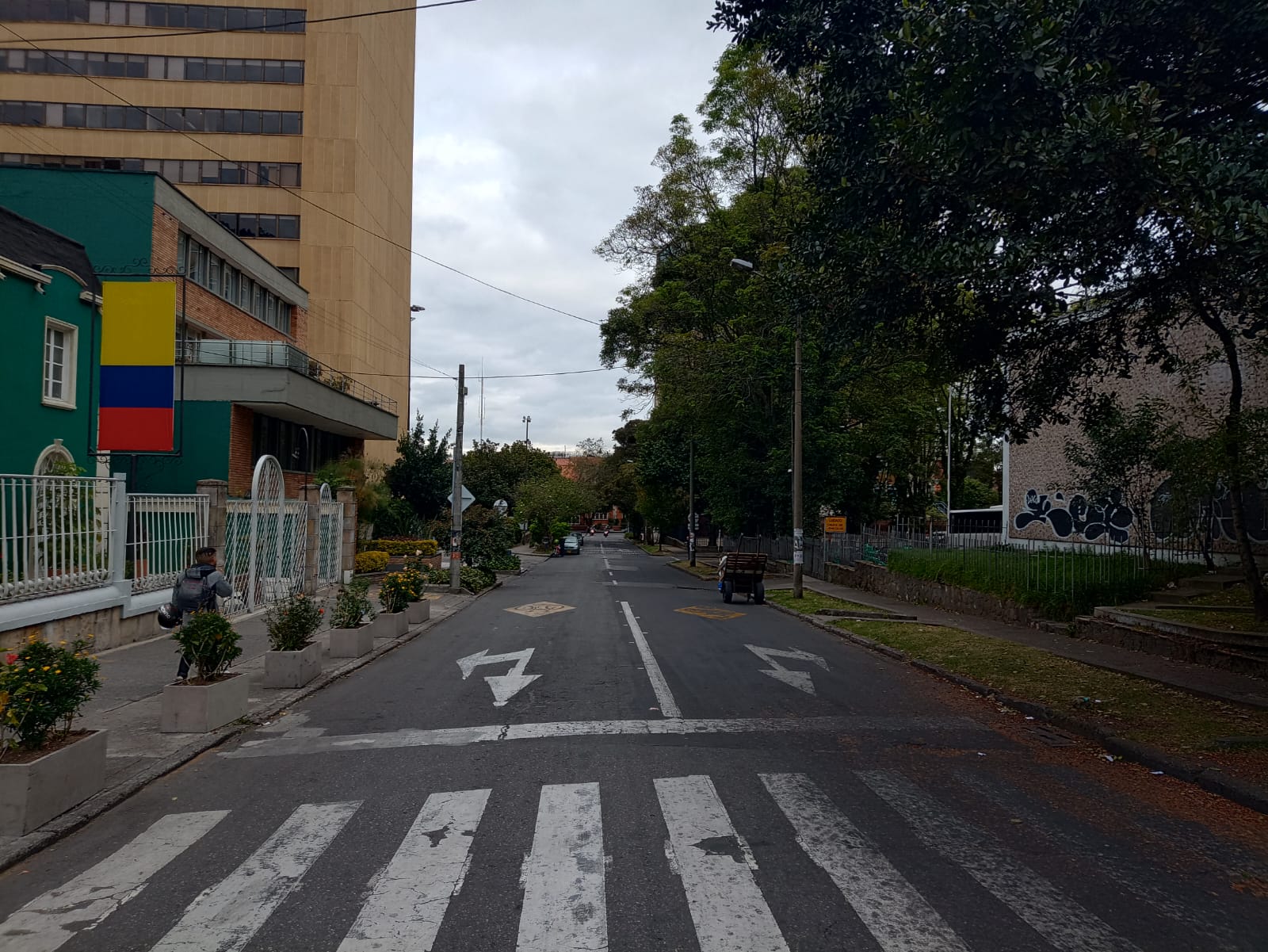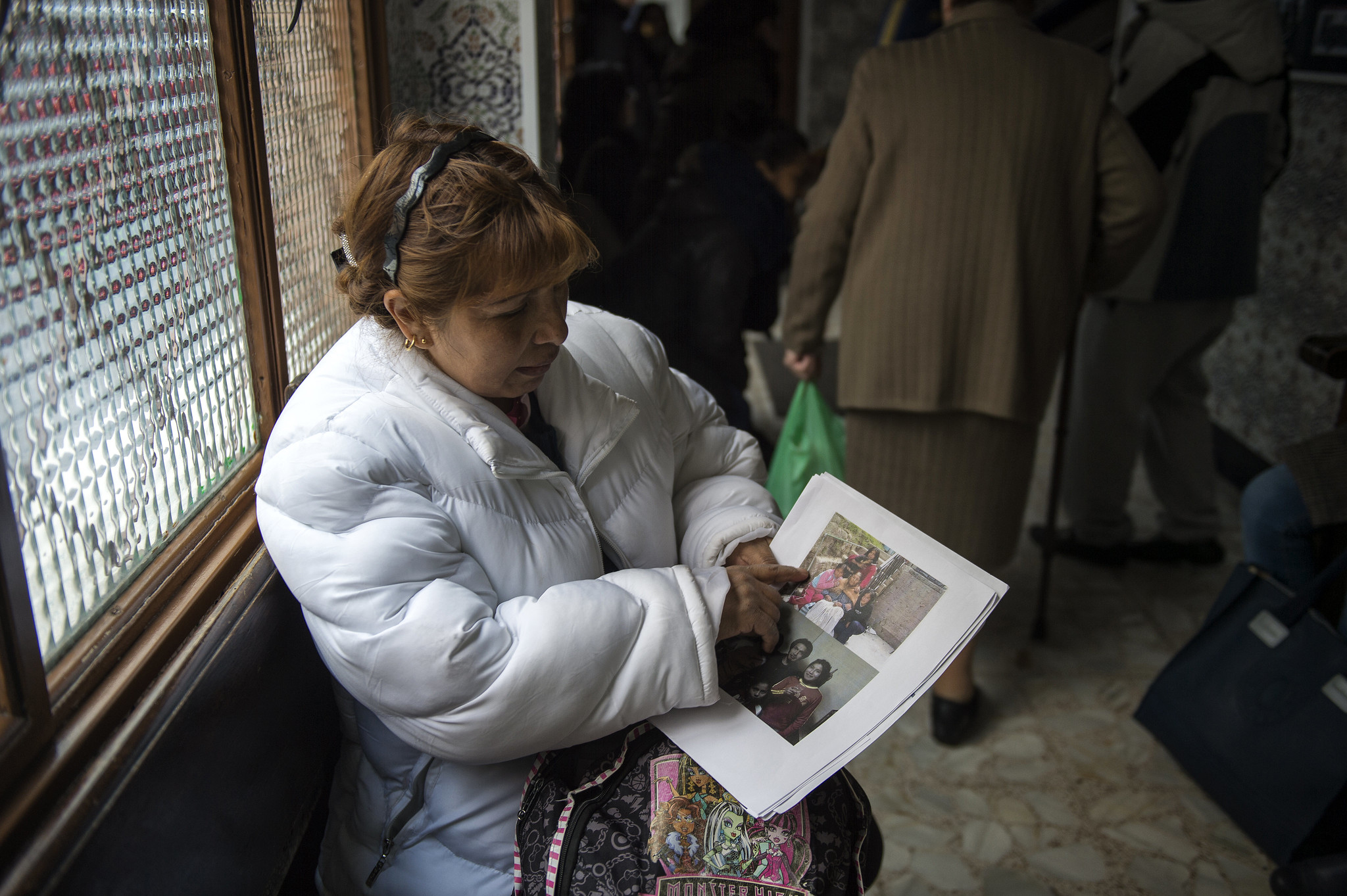 As the Pope tells the world that priests can pardon abortion, The Bogota Post takes a look at the history of abortion in Colombia
As the Pope tells the world that priests can pardon abortion, The Bogota Post takes a look at the history of abortion in Colombia
Pope Francis recently announced that priests – rather than bishops – will temporarily be allowed to forgive women who have had abortions. The Catholic church’s year of mercy begins in December and the decision is seen by observers as a significant change in policy.
Referring to abortion as an “existential and moral ordeal”, he said “the forgiveness of God cannot be denied to one who has repented.”
Unsurprisingly, the issue of abortion in Colombia is a source of much contention.
The Guttmacher Institute – an international research and policy group that works in the area of sexual and reproductive health – estimates that 99% of abortions in Colombia are performed outside of the law. The report puts the number of abortions per year at 400,400 – with only 322 legal procedures.
It wasn’t until 2006 that the Constitutional Court of Colombia finally recognised women’s right to terminate a pregnancy, but only in certain circumstances.
The passing of the law has by no means been the end of the discussion – it continues to be a vexed issue on both sides.
In fact, the massive backlash against the legalisation is one part of the problem. After the decision, the guidelines that were subsequently produced by the Ministry of Health were then challenged – and annulled – by the Council of State, leading to a Catch-22 situation: health authorities are required to provide legal abortions, but there are no official guidelines about how they should do so.
Unsafe abortions
33% of women who have illegal abortions develop complications requiring medical attention. This figure rises to 53% in rural areas.
20% of women who develop complications do not receive the treatment they need. This figure rises to 50% in rural areas.
Source: Guttmacher Institute
So it is not surprising that women do not have a clear understanding of how to access their rights – exemplified by a July campaign on the Medellin metro with posters featuring the slogan ‘La decisión es tuya’ (The decision is yours).
Critics were quick to say that the campaign was encouraging abortion, while Profamilia, who were behind the campaign felt that it was about ensuring women were informed about their rights.
The Guttmacher Institute says that 67% of pregnancies that occur in Colombia are unwanted, and that unwanted pregnancy is a major cause of abortion in Colombia. They argue that the barriers to safe abortions are causing women to risk their lives and their health – an argument that is supported by Profamilia.
While it is easy to talk about the statistics, or the posters and the politicking, they are only one side of what is ultimately a difficult and deeply personal decision that many women – and couples – have to make. The legal issues make that decision even harder and more dangerous.
In context: abortionBy Ana María Villate In 2006, the Constitutional Court recognised women’s right to terminate a pregnancy, under the following conditions: 1. When continuation of the pregnancy presents a risk to the life or health of the mother; While this unprecedented ruling represented a hard-fought victory for feminists in Colombia, it wasn’t a full recognition of women’s right to choose. And conservative groups wasted no time in attacking the court’s decision, leading to intense public debate that continues even today. Abortion was legal in the nineteenth century in Colombia if performed “to save one’s honour or that of one’s mother, wife, descendant, adoptive daughter, or sister”, i.e., for many years abortion was a decision for men to make. Abortion was not defined as a crime until 1936, which is ironic considering that it was in the 30s that the suffrage movement was consolidating and the idea that women had the right to manage their own lives was gaining recognition. I wonder whether it terrified some to think that the increased political freedom that women were achieving might lead to women dictating choices about their own bodies. Women won the right to vote in 1954, which was then followed by a long silence until a second wave of feminism came in the 70s. During this period, the struggle no longer focused on legal rights but rather women’s self-determination: the right to make their own choices about their bodies and if, when and how to have children. Naturally, abortion was a central demand in this fight. In 1975, Congressman Iván López Botero introduced the first bill that sought to decriminalise and regulate abortion in Colombia, with the support of a number of renowned feminists, including Eulalia Carrisosa. This initiative was taken up years later by Congresswoman Consuelo Lleras, who described abortion as a social problem that affects the country’s poorest women, with the clandestine nature of such procedures putting the lives of women at risk. Although the measure had the support of 90 members of Congress, it failed to pass. In 1980, Colombia’s penal code underwent reform, and distinctions began to be made on the severity of the offence. Abortion remained illegal, but circumstances were also taken into account and sentences reduced if the pregnancy was the result of rape or abuse. Health authorities and feminists who were concerned about the high rates of maternal mortality caused by unsafe abortions began to open centres where safe procedures could be guaranteed. As these centres were illegal, they did not openly defend the legalisation of abortion, instead opting to train women about autonomy and their right to make decisions about their bodies. The early nineties saw the redrafting of the Colombian Constitution via the National Constituent Assembly, which led to optimism among social movements of women and feminists that the country’s laws would finally take gender perspectives into account. The Red Nacional de Mujer y Constituyente was founded to champion this cause. In 1998, in light of the penal code reform, the Universidad Externado de Colombia held a seminar on abortion in order to formulate strategies for accomplishing its decriminalisation in Colombia. This led to the Colectivo por la Autonomía Sexual y Reproductiva, which would later become Mesa por la Vida y la Salud de las Mujeres. More than just a militant cause, this group looked for technical arguments that were favorable to abortion. In April 2005, a lawsuit was filed against the Constitutional Court asking that Article 22 of the penal code that criminalises abortion without exception be declared unconstitutional. This high-impact lawsuit was spearheaded by the attorney Mónica Roa, a member of Mesa por la Vida. Finally, on May 10, 2006, the Constitutional Court ruled to recognise the right to safe and legal abortion in the three cases mentioned above. While this was a great achievement in that it conceded a right that supporters had been calling for for forty years, the ensuing bureaucratic hurdles have effectively forced women to continue practising abortions in an illegal manner. Problems include a lack of familiarity with the court’s ruling on the part of healthcare providers as well as a paucity of accurate information for women themselves. Although in 2009 the Constitutional Court mandated an informational campaign in sex education classes, this has not been enforced. Doctors may also claim a conscientious objection to performing the procedure and that they lack sufficient knowledge about the procedure. Likewise, some judges have refused to protect the rights of women by claiming conscientious objection as well. Faced with this reality, it is up to us women to make ourselves aware of the significance of the law. We have to make sure that in cases of rape, in cases where the fetus is seriously malformed, or where the pregnancy endangers the mother’s life, that we get access to legal abortions. Moreover, I believe we need to participate in activism and awareness-building throughout society in order to make abortion a full right in all cases. It is in this way that we can finally achieve what the feminist movement has been fighting for all these years: full autonomy over our bodies. Translation by Katie Jacoby |
The Opinion section is a space for your views and opinions. We’ve featured articles on all aspects of life in Colombia – from the free trade agreement to bull fighting.Whether you agree or disagree with anything we’ve written, we’d love to hear your thoughts – leave a comment below, tweet us at @bogotapost, post on our Facebook page /BogotaPost or email us at [email protected].The articles in ‘Opinion’ are commentary, not news reporting. The views expressed in this section are those of the author and do not necessarily reflect those of The Bogota Post or its publishers. The publishers take no responsibility for the accuracy of any information published in this section. |






